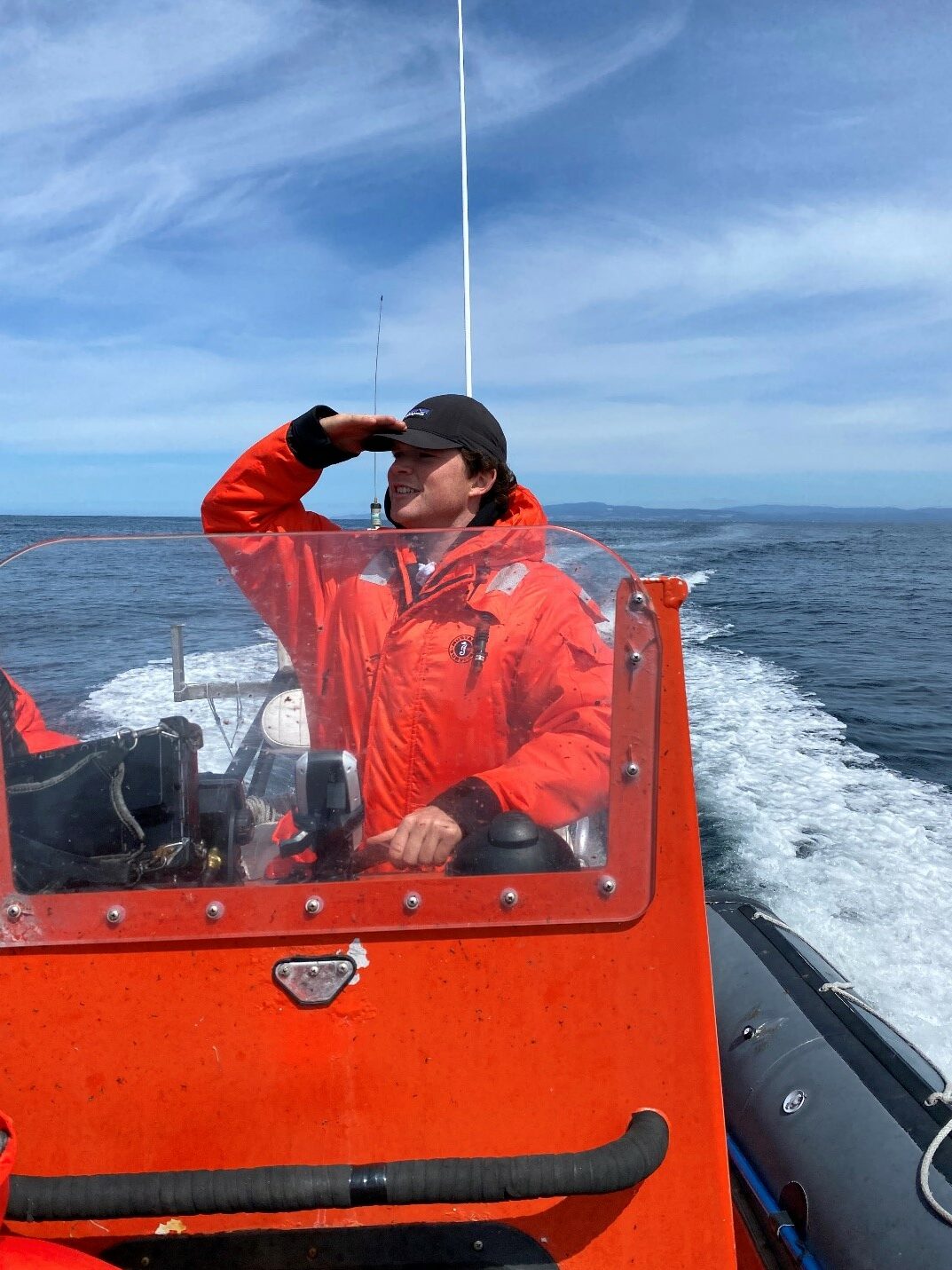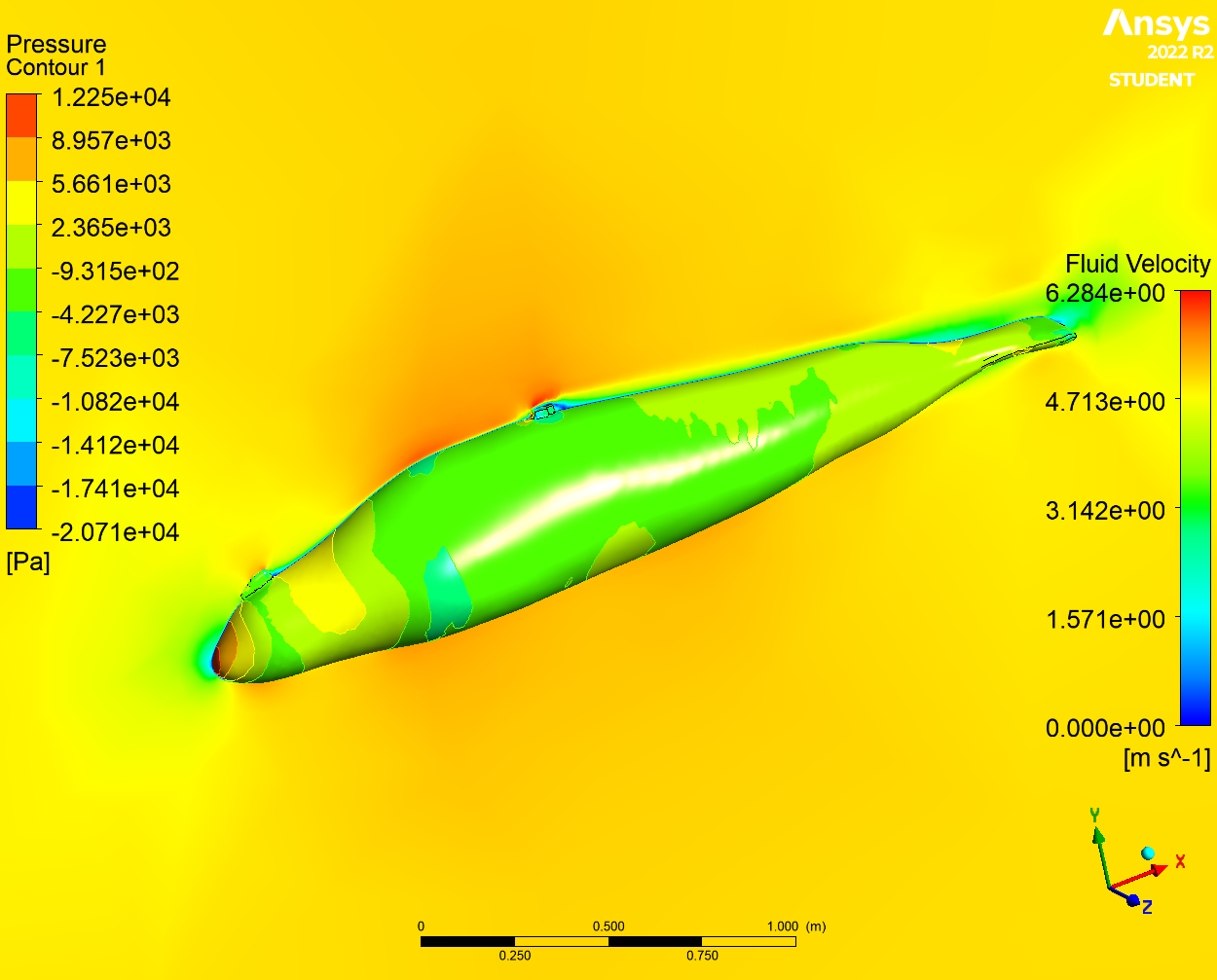The Vertebrate Ecology Lab is excited to welcome our new post-doctoral researcher, Martin Tournier. Martin will be working on an NSF-funded project investigating the physiological and behavioral ecology of emperor penguin.
Martin comes from France, where he completed two MS degrees in Oceanography and Marine Ecology, and Ecological Modelling. He got his Ph.D. from La Rochelle Université where his work focused on characterizing the habitat of deep-diving mammals. He worked with active acoustic data obtained from dataloggers that were deployed on southern elephant seals. He developed novel mathematical approaches to model the three-dimensional habitat of elephant seals.
While interested in many aspects of marine ecology, his primary research interest is to investigate the different diving and foraging strategies displayed by marine predators, both within and among species, with the goal of determining how environmental forcing will influence behavior on short and long-term scales. This knowledge will provide insights into how their 3-dimensional habitats are changing and how predators may respond to these changes. He is thrilled to address some of these questions with Emperor Penguins in the Vertebrate Ecology Lab. As a student, he helped to organize conferences, and he hopes to organize some short technical workshops during his time here. Outside of the lab, he enjoys spending time sailing, diving, cooking & baking, and hiking.
You can read more about Martin here.



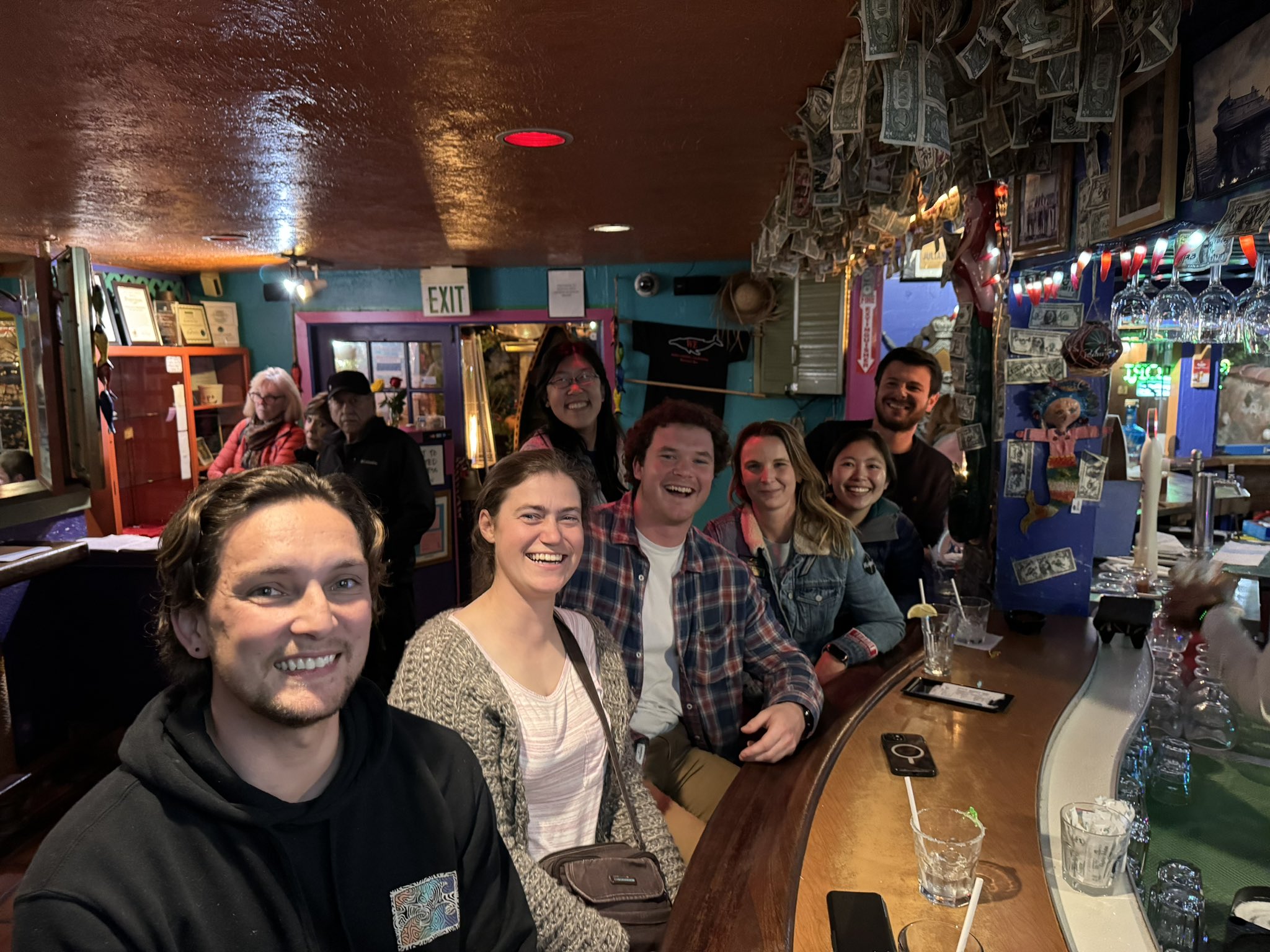
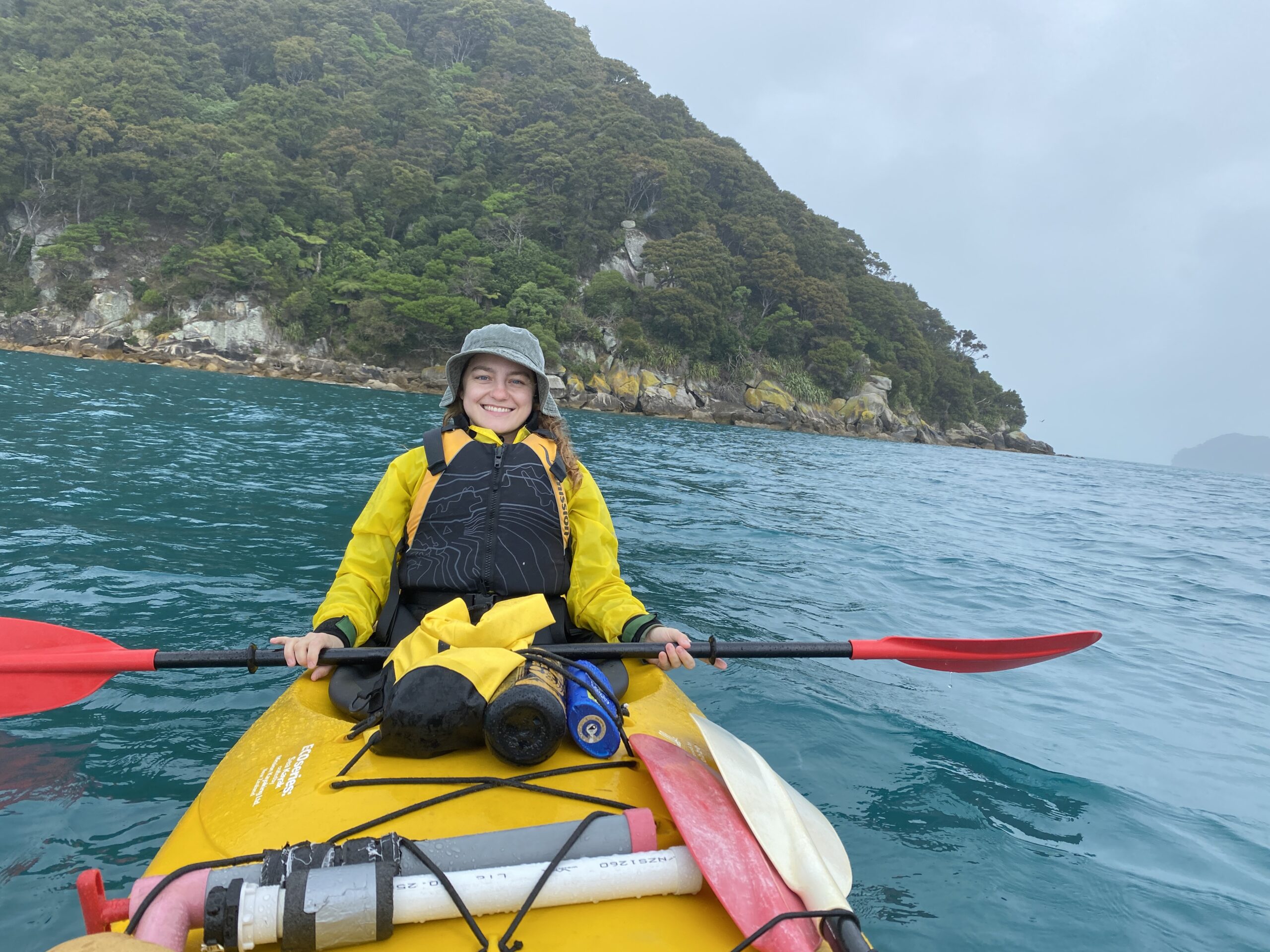
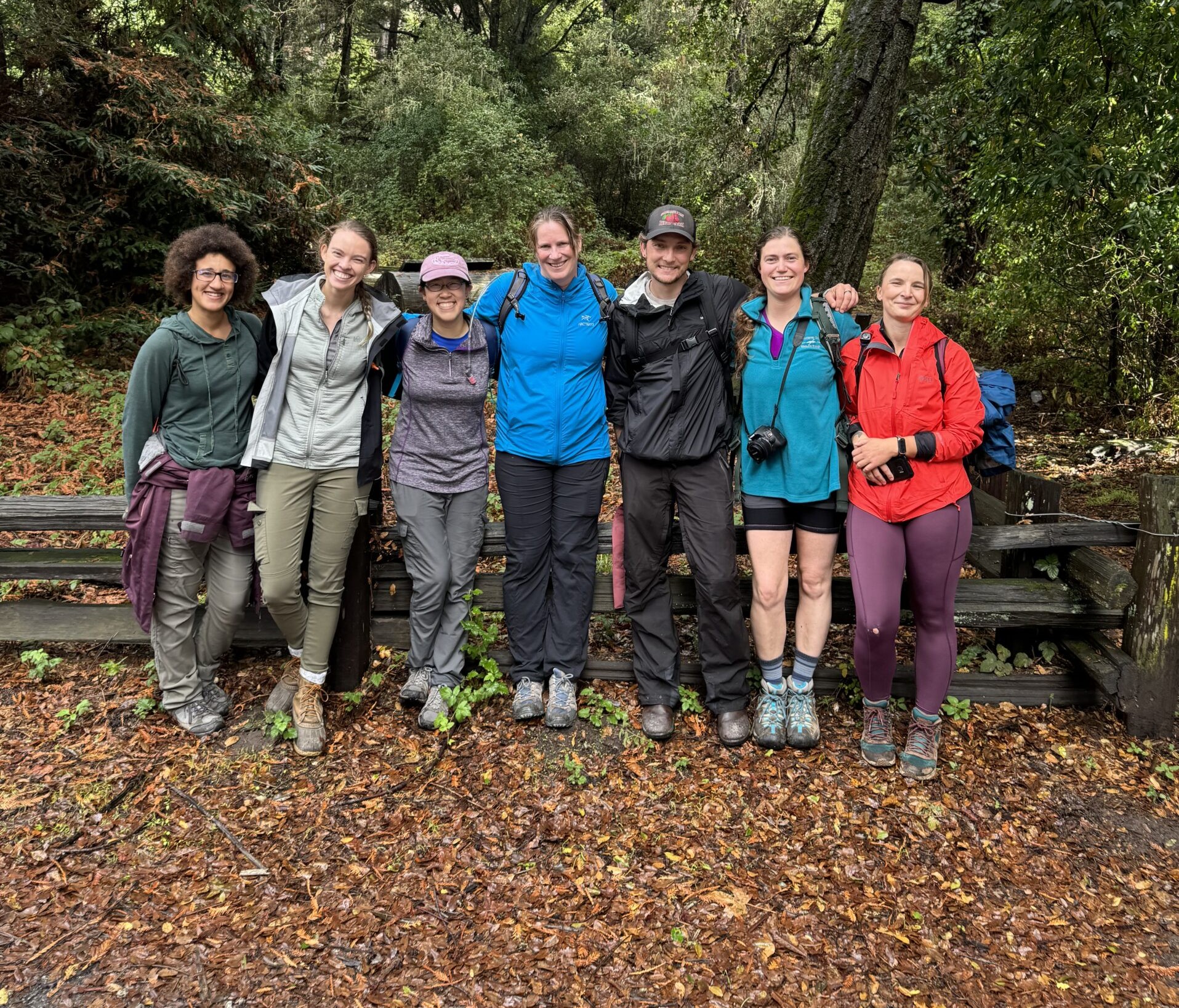
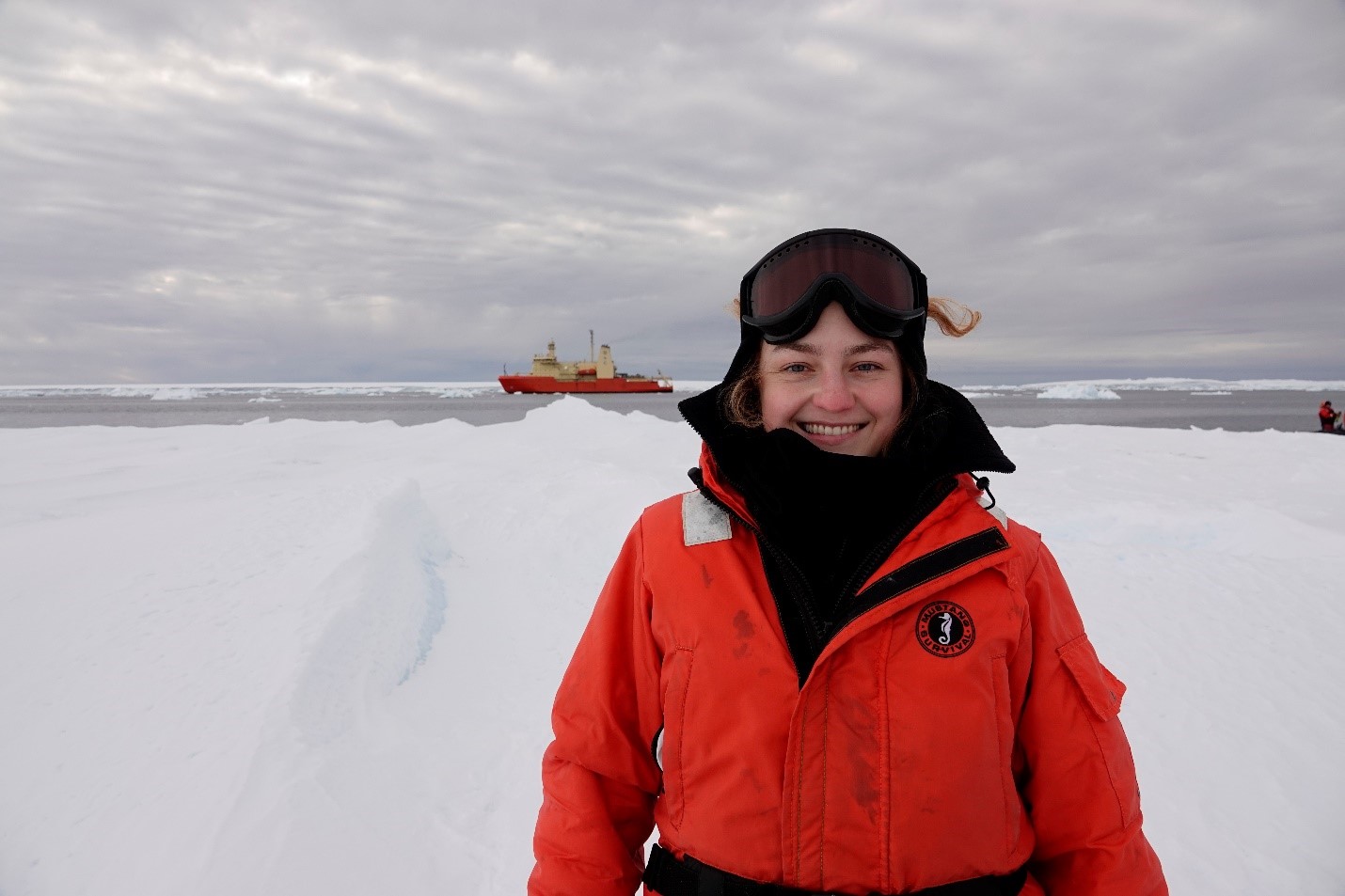
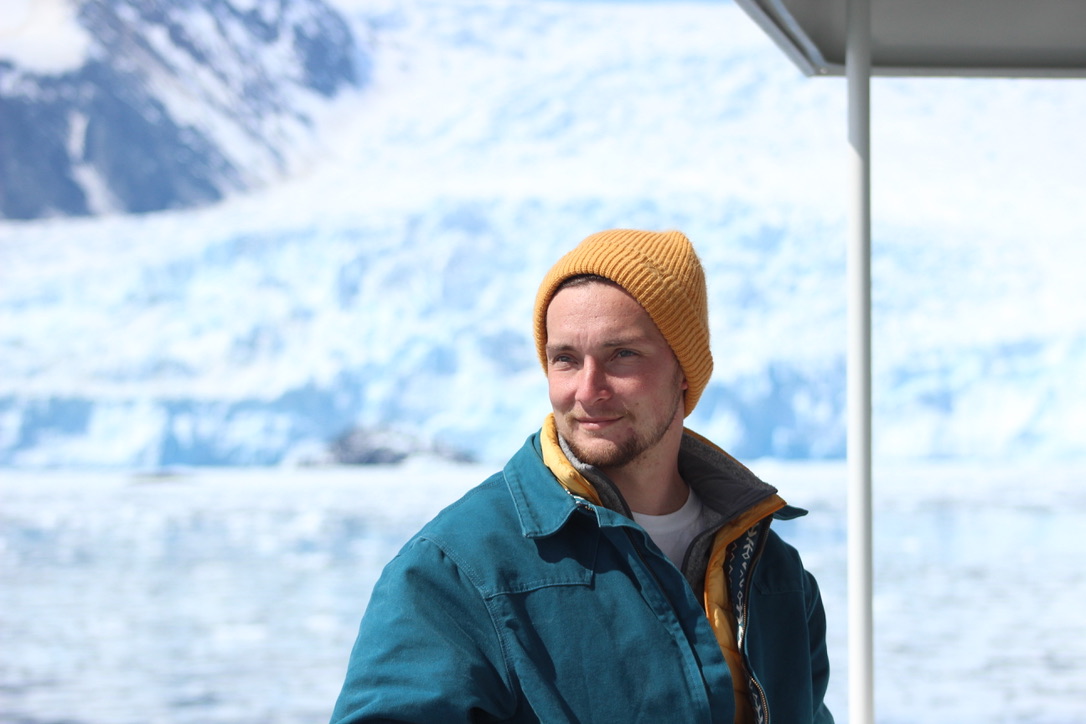
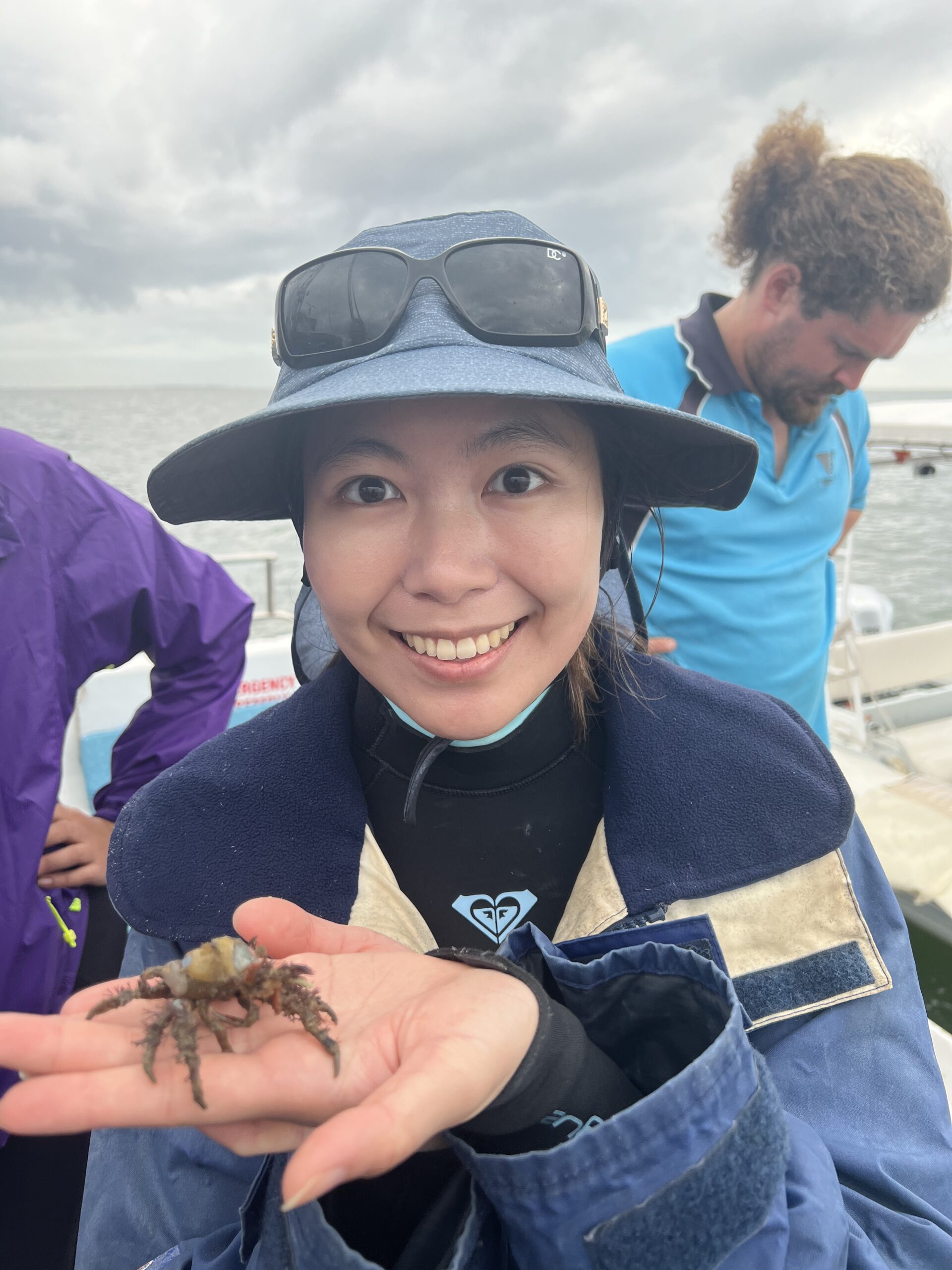

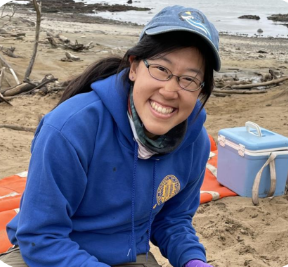
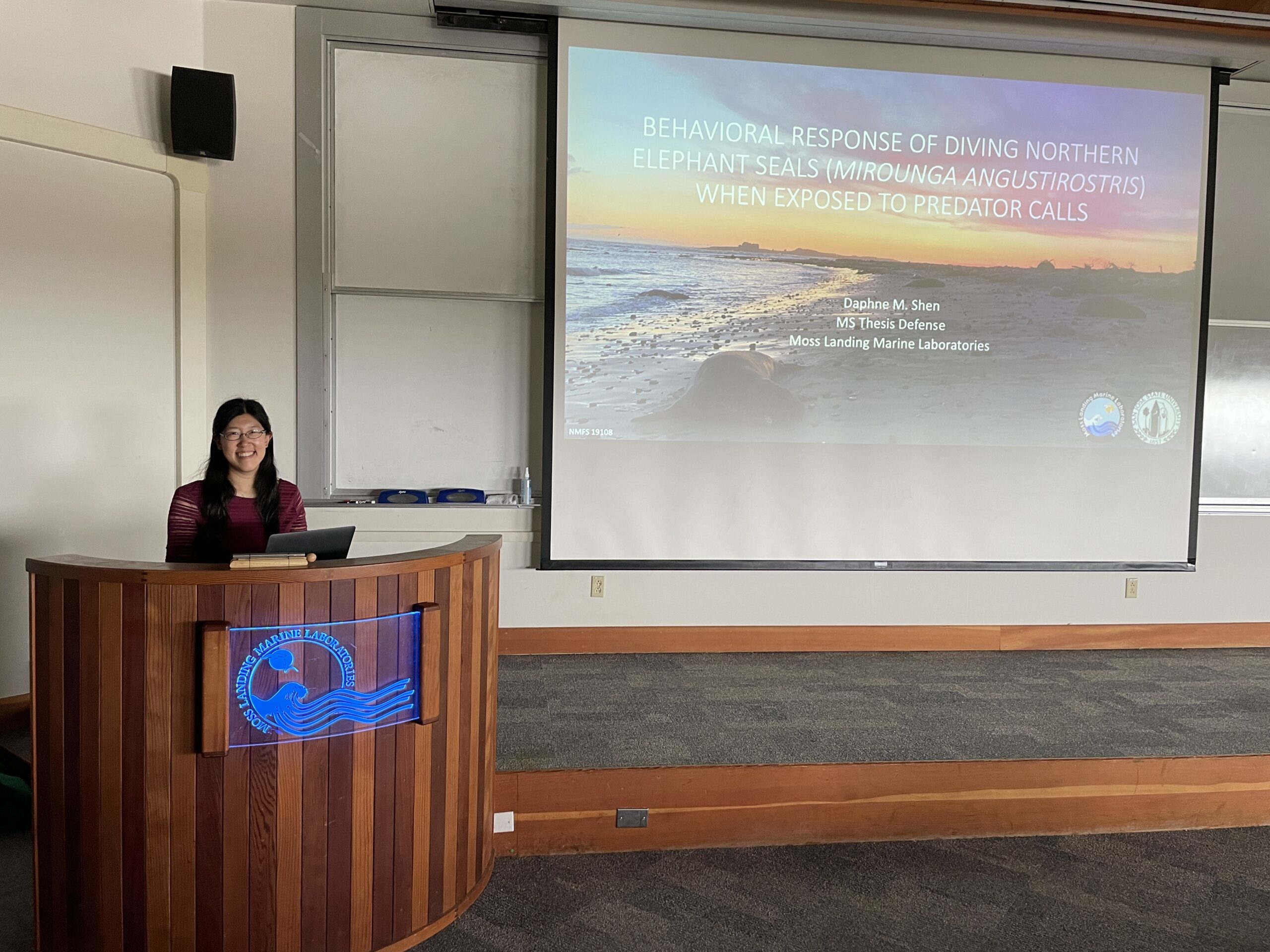
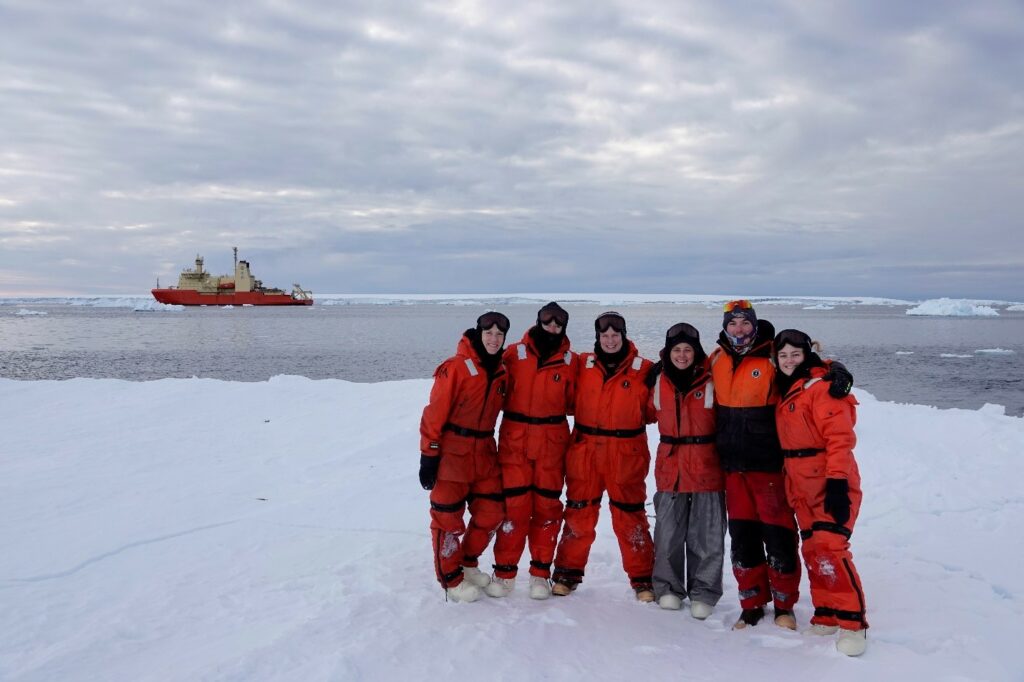
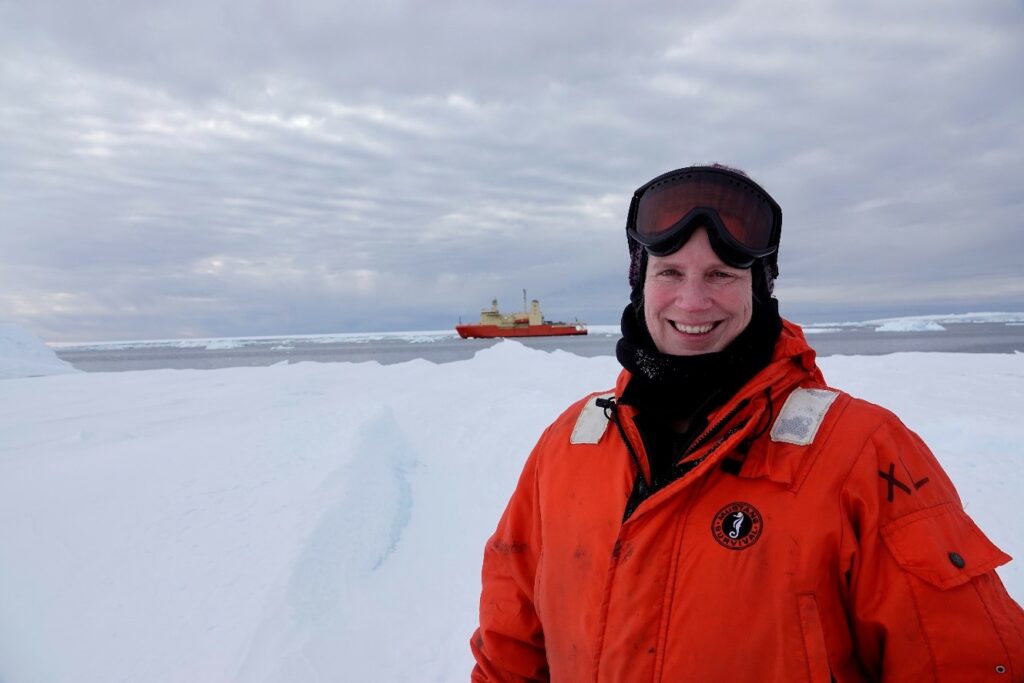
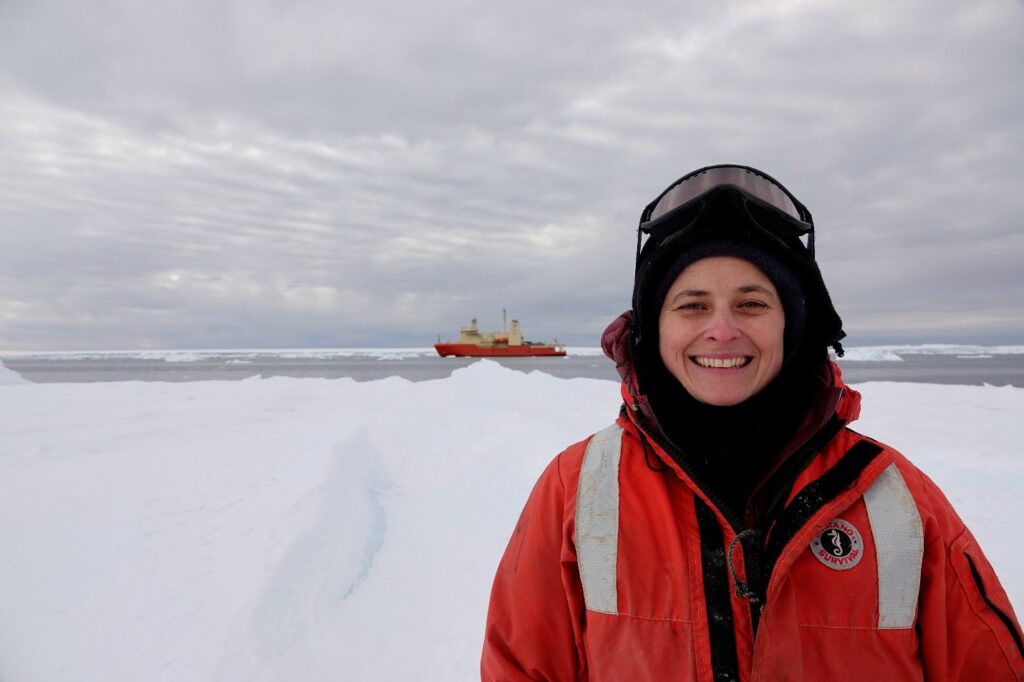
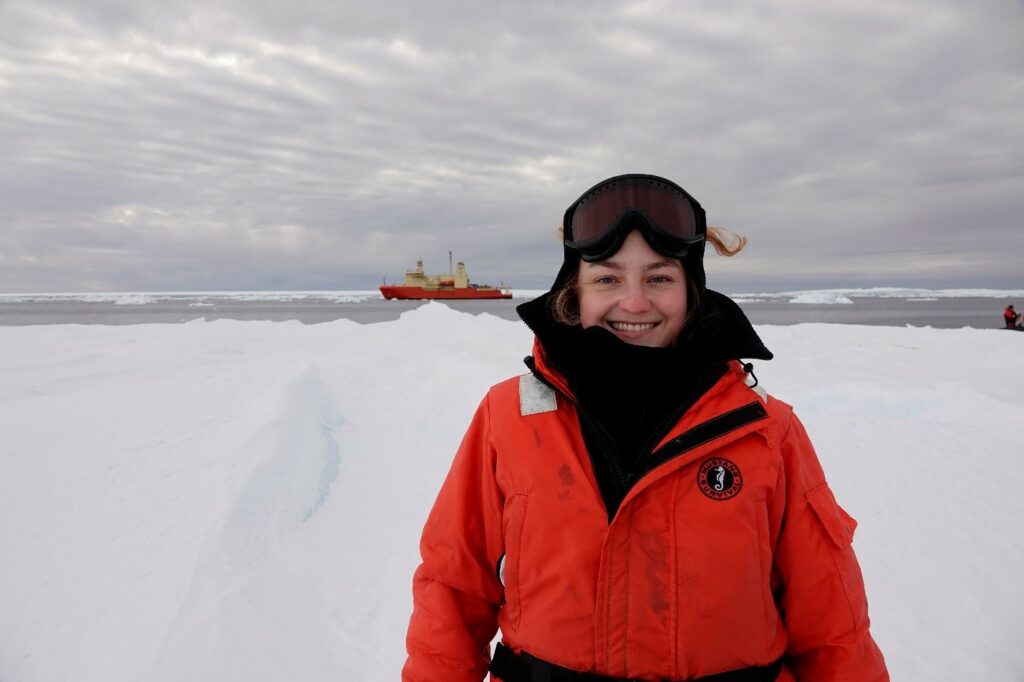
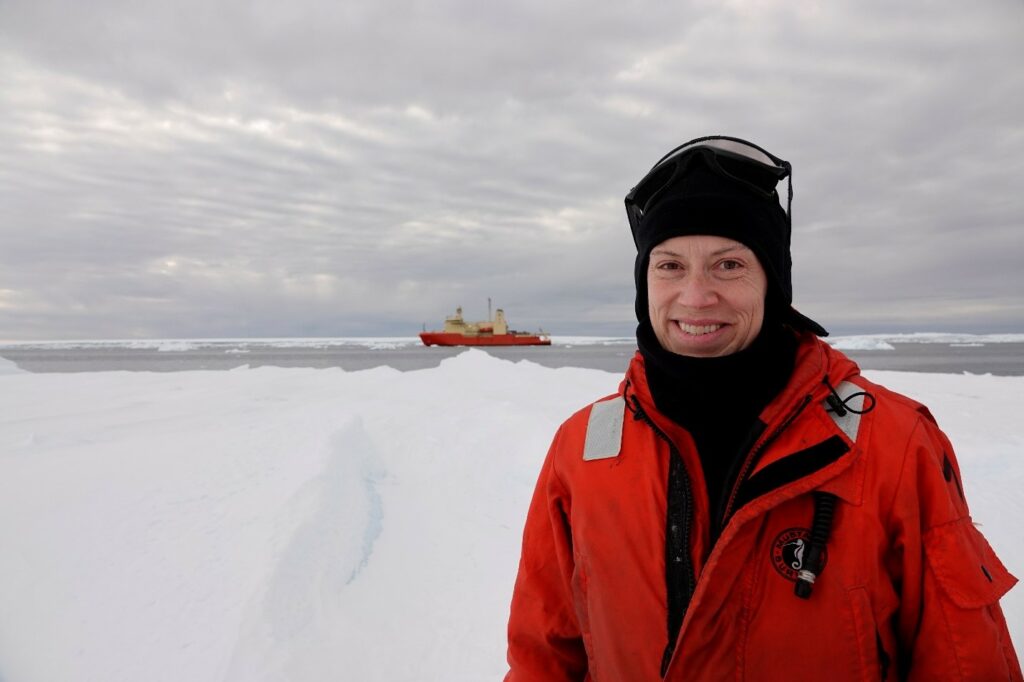
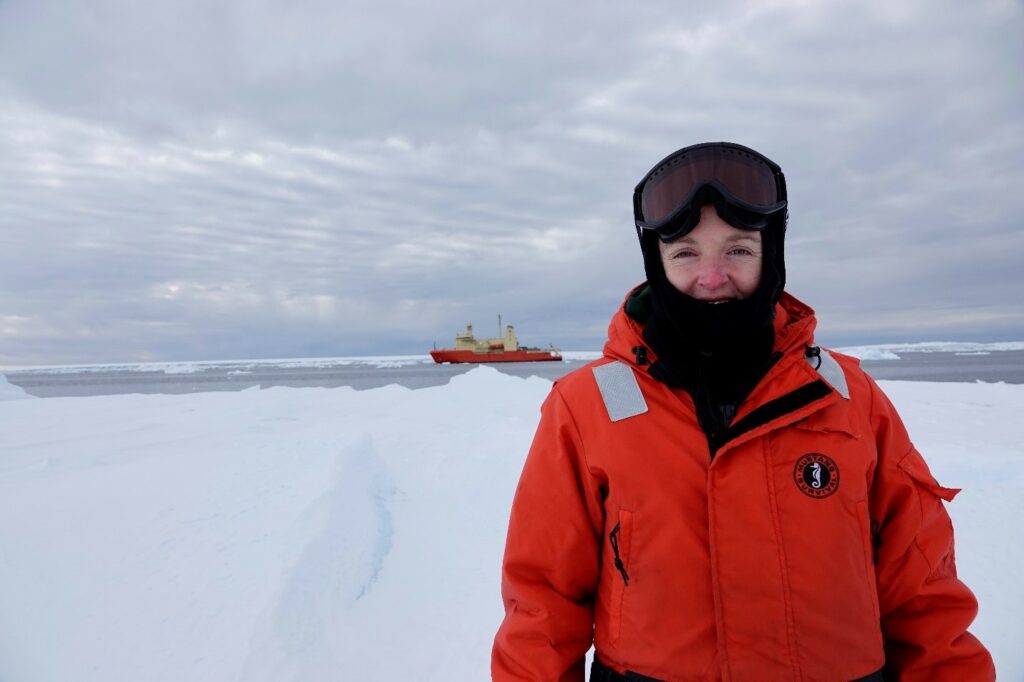
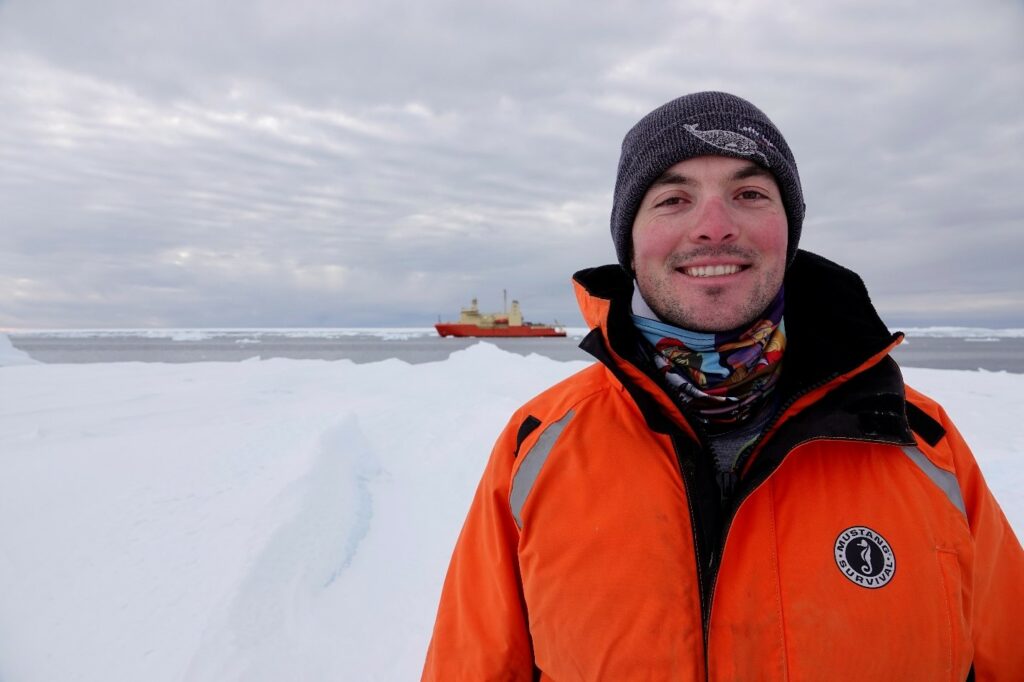
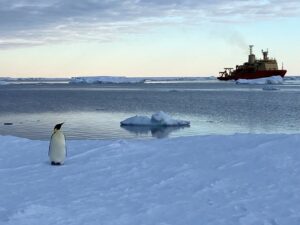
 Molting locations are known for less than 10% of all emperor penguin colonies and due to the remoteness of the molt locations, even less is known about the post-molt migration. During this two-three month migration the birds must recover from their poorest body condition (up to 50% protein loss) and store enough energy to successfully complete the courtship fast and reproduce in April and May. Considering the value of emperor penguins as an indicator species of climate change, and the predicted changes in pack ice extent and prey distribution, it is essential that we travel to one of the most remote parts of Antarctica to study the post-molt behavior of one of the largest concentration of emperor penguins.
Molting locations are known for less than 10% of all emperor penguin colonies and due to the remoteness of the molt locations, even less is known about the post-molt migration. During this two-three month migration the birds must recover from their poorest body condition (up to 50% protein loss) and store enough energy to successfully complete the courtship fast and reproduce in April and May. Considering the value of emperor penguins as an indicator species of climate change, and the predicted changes in pack ice extent and prey distribution, it is essential that we travel to one of the most remote parts of Antarctica to study the post-molt behavior of one of the largest concentration of emperor penguins.
